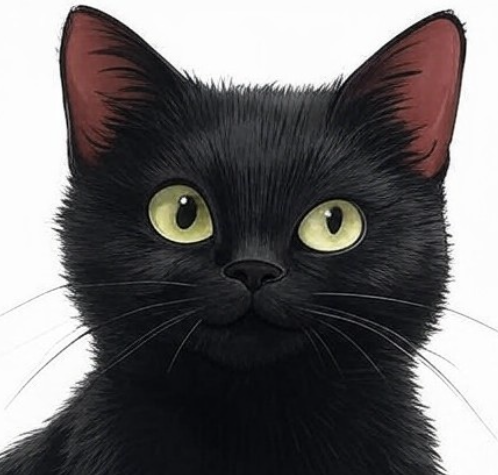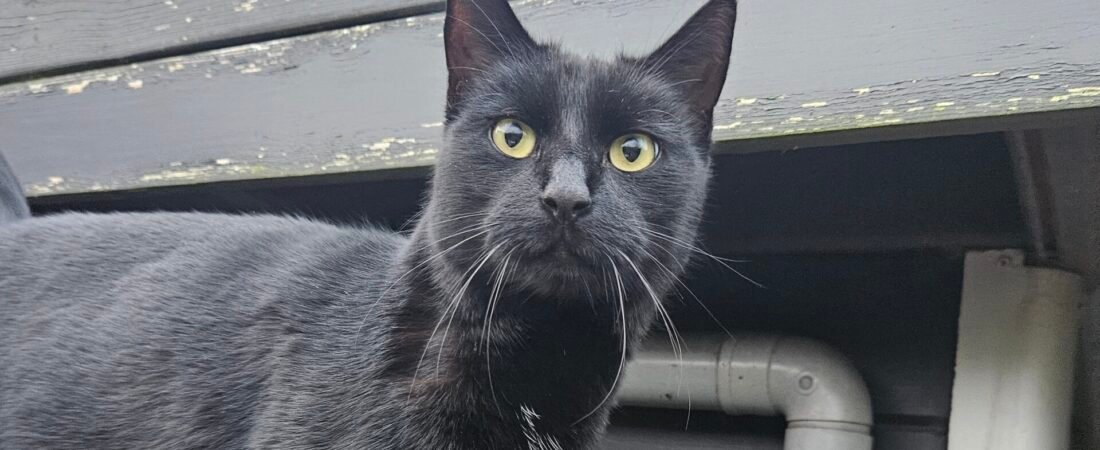The Instinctual Need for Safety
Cats, as both predators and prey in the wild, have developed an intricate set of instincts that drive their behavior. One prominent example of this is their preference for enclosed spaces, such as boxes. Understanding why do cats like boxes can be traced back to their ancestral survival strategies. In nature, cats require safe havens to shield themselves from potential threats. Enclosed spaces offer them not only physical protection but also psychological comfort. When a domestic cat curls up in a box, it instinctively creates a barrier against environmental stressors, emulating that ancient urge for safety.
Felines are adept hunters, but they also face dangers from larger predators. The evolution of these dual roles has fostered a need for vigilance and escape routes. Boxes serve as perfect hiding spots, allowing them to observe their surroundings discreetly. In a box, a cat feels secure and can strategize its next move, whether it’s a playful adventure or simply a time of rest. This behavior echoes the survival instincts of wild cats, who utilize similar strategies to evade threats while hunting or foraging.
This instinctual behavior is not merely a product of necessity; it also incorporates an element of creativity. Cats exhibit playful tendencies when engaging with boxes, often treating them as magnificent playhouses. The combination of safety and stimulation reinforces why cats like boxes, appealing not only to their instinctual need but also to their playful nature. By providing a secure environment enhanced with stimulating activities, boxes fulfill a variety of needs for our adorable feline companions. This desire for security is a powerful determinant in their affinity for enclosed spaces, highlighting an intrinsic part of what it means to be a cat.
The Role of Comfort and Warmth
Cats are renowned for their love of cozy spaces, and one of their favorite havens is undoubtedly a box. The appeal of boxes for cats can largely be attributed to the comfort and warmth that these enclosed environments provide. Cats, being naturally inclined to seek out warm spots, find boxes to be ideal resting places. The enclosed nature of a box helps trap body heat, creating a snug environment that allows cats to stay warm and comfortable during their naps.
Furthermore, the texture of the box itself contributes to the overall sense of comfort. Cats often prefer surfaces that are soft and familiar, and cardboard offers a unique tactile experience. This texture is pleasing for them, making the box an inviting retreat. This is particularly essential for cute cats, as they look for safe spaces where they can curl up and relax without disturbance. It is not uncommon to find a cat nestled inside a box, as this setting mimics the enclosed spaces of their natural habitat.
Moreover, the familiarity associated with a box plays a significant role in your cat’s comfort. When a cat regularly interacts with a specific box, it creates a sense of belonging—this familiarity fosters a feeling of security. An environment where your cat can retreat and feel shielded from potential threats is essential for its overall well-being. Thus, boxes serve not only as physical shelters but also offer an emotional refuge, reinforcing the bond between cats and their preferred resting spots. The combination of warmth, texture, and familiarity makes boxes an irresistible choice for cats everywhere.
Curiosity and Playfulness
Cats are inherently curious creatures, and their playful nature often leads them to explore their surroundings in search of novel experiences. This exploratory behavior is a fundamental aspect of feline psychology, manifesting itself most visibly when cats encounter boxes. The enclosed space of a box piques a cat’s curiosity, inviting them to investigate further. The dimensions and structure provide an excellent opportunity for sensory stimulation, allowing cats to engage with their environment in a unique way.
A box serves not just as a physical object but as a canvas for a cat’s imaginative play. The confined space creates an enticing environment for playtime, where cute cats can practice their natural instincts to pounce or hide. As they leap in and out of the box, cats fulfill their predatory behaviors, simulating hunting scenarios that are vital to their instinctual development. The ability to hide and then suddenly emerge from a box adds an element of surprise that is both thrilling and satisfying for them.
Behavioral Considerations and Owner Tips
The affinity that cats have for boxes can be attributed to a variety of behavioral aspects. A cardboard box provides security and a sense of ownership, satisfying a cat’s instinctual need to seek shelter in confined spaces. It is essential for cat owners to recognize that understanding why cats like boxes goes beyond mere curiosity; it is about meeting their natural instincts for hunting, hiding, and feeling safe. Creating a designated box area for your feline friend can encourage this behavior positively, allowing them to express their natural tendencies in a safe environment. Providing various box sizes can also cater to individual preferences, as some cats may prefer snug, small boxes, while others thrive in larger, open spaces.
Moreover, ensuring that the boxes are safe and clean is crucial. Owners should regularly inspect the boxes for any signs of damage or contamination, as well as replace them frequently to maintain hygiene. Cats are known for their fastidious nature; thus, a clean box will likely be more appealing for them. Additionally, it might be prudent to provide boxes in various locations around the home, serving as personal retreats for your cats throughout their territory.
While boxes are generally beneficial for a cat’s well-being, there can be potential downsides to consider. Some cats may exhibit excessive territory marking behaviors or become overly possessive of their chosen boxes. Understanding the individual personality of each cat is vital; owners should monitor for any signs of stress or aggression associated with box ownership. With empathy and attention, cat owners can create an environment that fosters comfort and reduces negative behavioral patterns, ensuring their cute cats enjoy a happy and fulfilling life.

